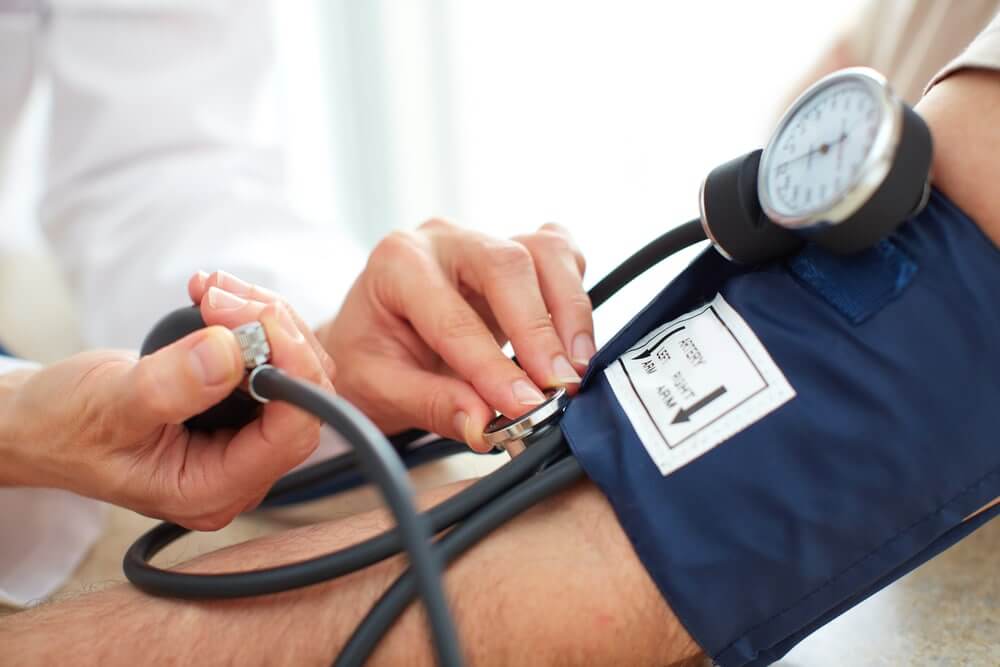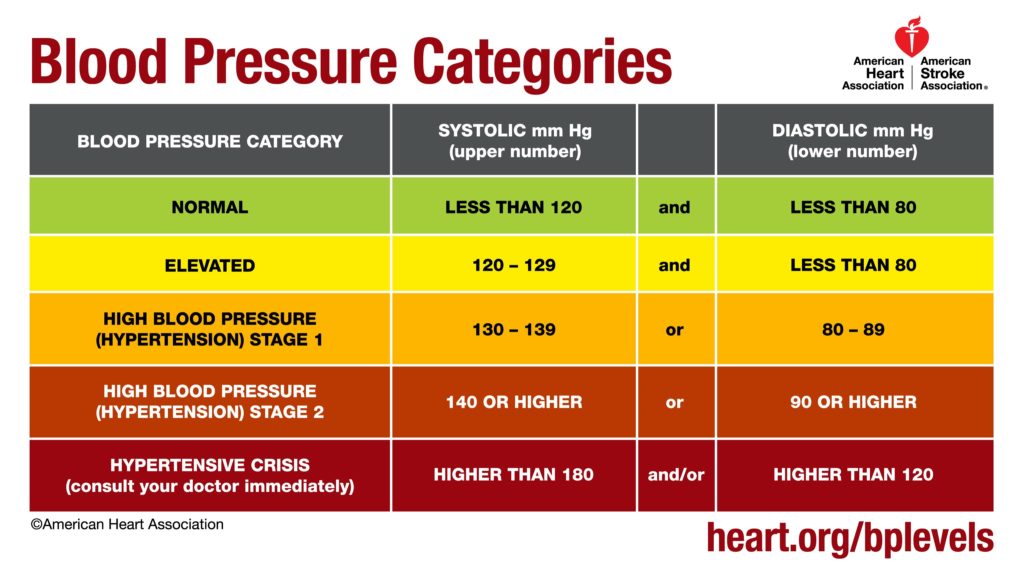What is a Hypertensive Crisis?
Blood Pressure
•
Feb 24, 2021

What is a hypertensive crisis? A hypertensive crisis is a rapid spike in blood pressure (BP) that can result in a stroke. High blood pressure (hypertension) is very common in the United States, affecting one out every three adults. If not monitored properly, it can lead to many different health problems such as heart attacks, strokes, aneurysms, and dementia.
Learn more about exactly what is a hypertensive crisis and get a stronger understanding of when to get help.
Hypertensive crisis classification
There are two types of hypertensive crises: hypertensive urgency and hypertensive emergency. Both require immediate medical attention. The biggest differentiator between the two types of hypertensive crisis classification is whether or not there has been damage to your organs.
Hypertensive urgency
A hypertensive urgency means that your blood pressure has spiked significantly, but there is no organ damage yet. With a hypertensive urgency, you can wait a few minutes and check your blood pressure again before seeking medical attention. You may be administered some medication, but hospitalization may not be necessary.
Hypertensive emergency
With a hypertensive emergency, you need to seek help fast. An emergency dictates that your BP levels are very high and you are experiencing any of the symptoms listed below. This is a sign that there has been organ damage and you should seek medical help immediately. If ignored, hypertensive emergencies can have life-threatening/altering complications.
Think a hypertensive emergency may actually be a heart attack? Learn how to help someone having a heart attack in our blog.
What is the most common cause of hypertensive crisis?
A hypertensive crisis occurs when your blood pressure is extremely high. Physically, this can cause your blood vessels to become damaged and leak blood or fluid, making it harder for the heart to pump blood effectively. And when your heart can’t pump blood to the rest of your body, your organs begin to suffer. For example, the excess fluid could instead leak into your lungs, a phenomenon known as pulmonary edema.
A hypertensive crisis can also occur if you have experienced the following conditions:
- Heart attack
- Stroke
- Heart and/or kidney failure
- Aorta rupture (your body’s main artery)
- Neglecting or mixing blood pressure medications*
- Chronic hypertension
*Blood thinners are a medication that can obstruct the blood flow between the veins and arteries in the heart, which can lead to heart attacks. Learn more by reading our article on the dangers of blood thinners.
What is a healthy blood pressure?
Knowing what is a healthy and unhealthy blood pressure is crucial to understanding when to be concerned and consult a doctor.
A healthy BP is anywhere between 90/60 and 120/80. The number at the top (systolic BP) refers to the pressure in your arteries when your heart beats. The number at the bottom (diastolic) refers to the pressure when your heart is resting between heartbeats.
This chart below from the American Heart Association is a great source for knowing where you stand in terms of your blood pressure levels.

When is blood pressure high enough to go to the hospital?
If you’re experiencing any of the warning signs of a hypertensive crisis and your blood pressure is elevated to very high levels, go to the ER immediately for evaluation. For a deeper dive, read our article discussing when to go to the ER for high blood pressure. Delaying diagnosis could be fatal.
Warning signs of a hypertensive crisis
The common warning signs of a hypertensive crisis include:
- Severe chest pain*
- Severe headache
- Blurred vision
These are less common symptoms and are similar to heart attack warning signs:
- Shortness of breath
- Leading an inactive lifestyle
- Numbness
- Weakness
These symptoms are clear signs of organ damage as a result of a hypertensive crisis:
- Chest and/or back pain
- Seizures
- Severe anxiety
- Heart failure
- Altered consciousness
*If your chest pain persists for more than a couple of hours, this may be an instance ofwhen to go to the ER for chest pain.
How do you treat a hypertensive crisis?
If you experience a hypertensive urgency, your treatment may consist of oral medication designed to reduce your blood pressure.
If your doctor believes there may be organ damage as a result of a hypertensive emergency, he or she will most likely administer tests to check for damage to your vital organs (brain, heart, and lungs). Treatment for a hypertensive emergency will take place in an ER or hospital and may include intravenous therapy or oral medications –– such as sodium nitroprusside –– to quickly stabilize your blood pressure.
If you do experience a hypertensive crisis, lifestyle adjustments will have to be made. We recommend a heart-healthy, active lifestyle combined with proper blood pressure management and diet as strong preventive measures against hypertensive crisis.
Complete Care Emergency Rooms are here to help during a hypertensive crisis
Now that we’ve discussed what is a hypertensive crisis and its warning signs, you can be more prepared by knowing when to seek medical attention. We understand the severity of a hypertensive crisis and how important it is that you’re examined by a doctor immediately. At Complete Care, you get hospital-quality patient care within minutes, not hours, with no appointment necessary and no surprise billing.
We have ER locations in both Texas (Austin, Corpus Christi, San Antonio, Dallas/Fort Worth, East Texas, and Lubbock) and Colorado (Colorado Springs). Whether you have an emergency or just a simple health question, we will take complete care of you.
More Helpful Articles by Complete Care: